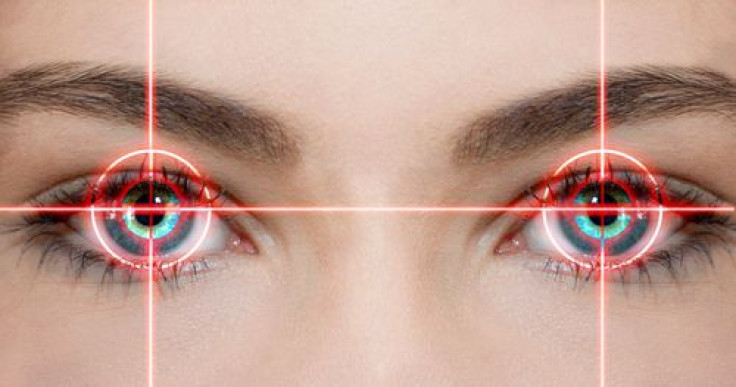Infrared Contact Lenses: Graphene-Based Materials May Revolutionize Wearable Technologies

Graphene is made of a single layer of carbon atoms bonded together in a repeating pattern of hexagons. So thin it is considered only 2-dimensional, this so-called "emerging material" is currently being researched and explored by scientists around the globe. It comes as no surprise, then, that engineers at the University of Michigan are using graphene to explore the ways in which heat vision technology may be applied to contact lenses and cell phones. "Our work pioneered a new way to detect light," said Zhaohui Zhong, assistant professor of electrical engineering and computer science, in a press release. "We envision that people will be able to adopt this same mechanism in other material and device platforms."
What is infrared light?
Back in 1800, William Herschel wanted to measure the temperature of colors, so he quite simply placed thermometers within each color of the visible spectrum. His experiment showed an increase in temperature from blue to red, yet he also noticed something more, something completely unexpected: His thermometer recorded an even warmer temperature just beyond the visible red. This, then, was how he discovered infrared light and the spectrum of colors which our eyes cannot see.
Today, with the help of instruments, such as night-vision goggles and infrared cameras, infrared waves of energy can be detected and generally they appear as waves emitted from warm objects and living beings, including humans and animals. Unlike the visible spectrum, this kind of infrared imaging requires a combination of technologies to detect various ranges of infrared radiation — near, medium and far — all at once. Plus, mid-infrared and far-infrared sensors typically need to be maintained at very cold temperatures. For these reasons, engineers have found it challenging to create new infrared technologies.
Yet graphene, scientists working with this unique material discovered, was unusual in that it could sense the whole infrared spectrum along with visible and ultraviolet light. Unfortunately, the material had a key drawback: It couldn’t capture enough light to generate a detectable electrical signal. With one-atom thickness, it only absorbs about 2.3 percent of the light that hits it. If it is unable to produce an electrical signal, researchers believed, graphene would never be used as a sensor. Yet, Zhong and his colleagues soon turned this assumption on its head.
Amplification Through Insulation
Along with Ted Norris, professor of electrical engineering and computer science, Zhong and his graduate students decided against directly measuring the electrons freed whenever light hits the grapheme; this would be too small. Instead, they experimented with amplifying a new design that places an insulating barrier layer between two graphene sheets. The bottom layer had a current running through it. Meanwhile, the top layer responded to light by freeing electrons and creating positively charged holes. When the freed electrons slipped through the barrier and into the bottom layer of graphene, these positively charged holes produced an electric field that affected the flow of electricity on the bottom layer.
And so it is by measuring this change in current, the researchers are able to deduce the color and brightness of light. The new device, described in a new article appearing in Nature Nanotechnology, is already smaller than a pinky nail yet Zhong believes he can easily scale it down even more. Most importantly, the new graphene-based light detectors are able to sense the full infrared spectrum while remaining at room-temperature. "If we integrate it with a contact lens or other wearable electronics, it expands your vision," Zhong said. "It provides you another way of interacting with your environment."
Source: Liu CH, Chang YC, Norris TB, Zhong Z. Graphene photodetectors with ultra-broadband and high responsivity at room temperature. Nature Nanotechnology. 2014.



























